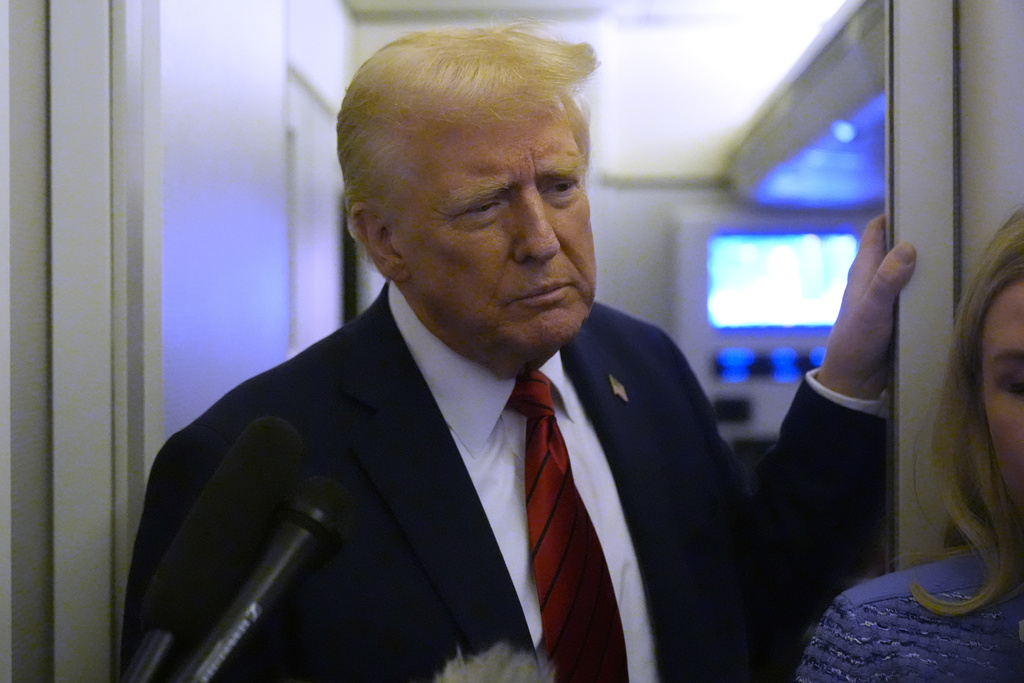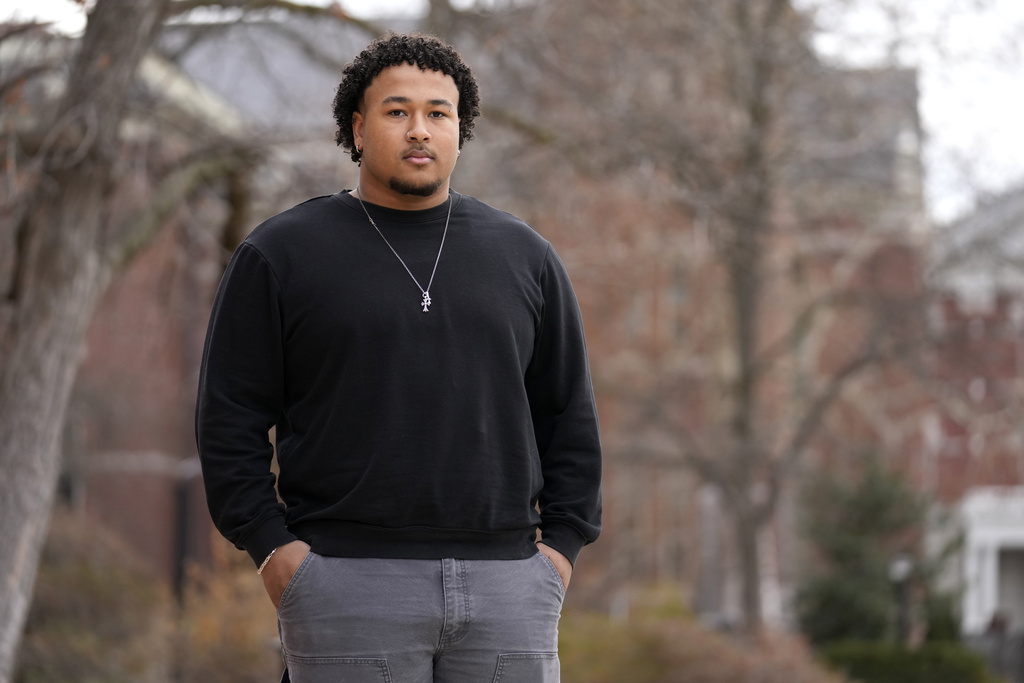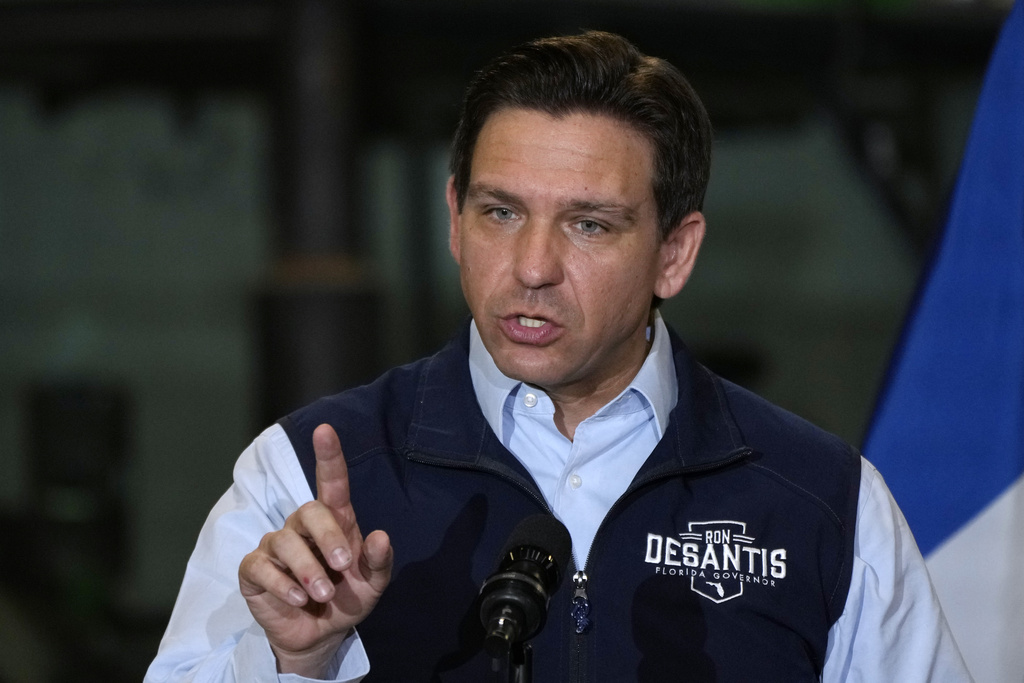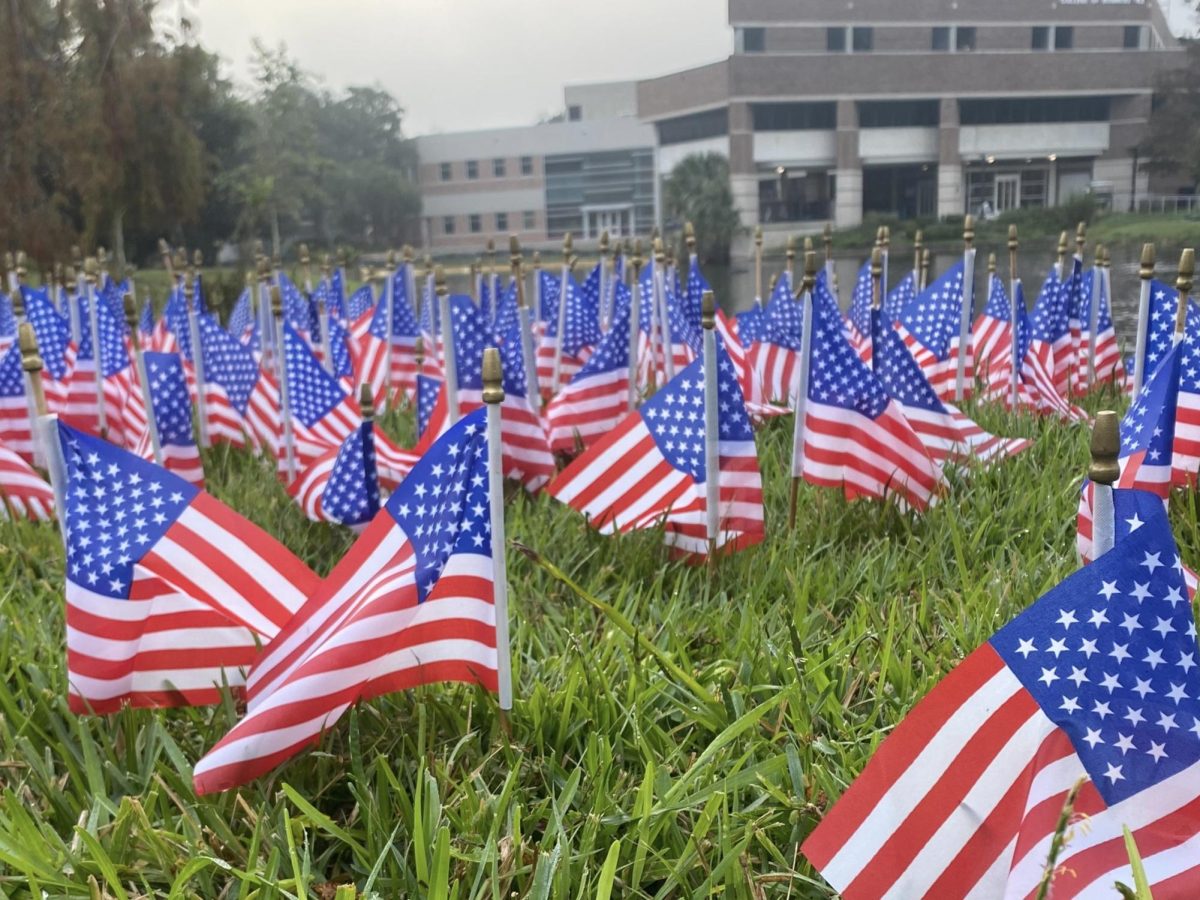Each semester, journalism students at UNF work hard to absorb and apply the information they learn through education. Although education is a great tool which can be used to hone particular interests, it doesn’t educate students about the growing danger journalists face.
Saudi-American Jamal Khashoggi was a journalist based in the United States who wrote for the Washington Post. He disappeared on Oct. 2 after entering the Saudi consulate in Istanbul.
For more than two weeks after his disappearance, Saudi Arabia denied knowledge of Khashoggi’s whereabouts. During the same period, Turkish officials were adamant that he had been killed inside the consulate.
“Journalists have always been targeted in some areas of the world,” Nicolas Tatro, an adjunct professor of journalism at the University of North Florida said.
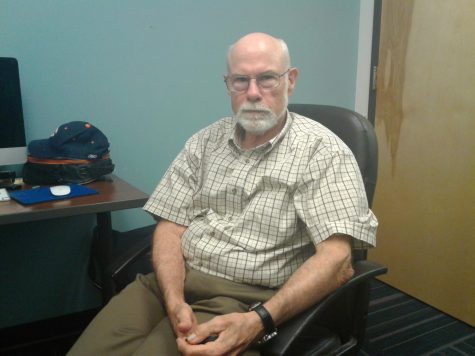
In Spring of 2018, several media professionals were targeted in two separate suicide bombings occurring on the same day. Nine journalists and photographers were killed and scores suffered serious injuries.
On the same day, BBC reporter Ahmad Shah was shot and killed by two unidentified gunmen as he cycled home through familiar areas. These murders pushed the total number of journalist deaths, as of May 2018, to 32 according to the International Federation of Journalist.
“One of my colleagues Terry Anderson, who came here and spoke at UNF to media students a couple of years ago was kidnapped,” Tatro said. “He took over for me in Beirut when I went to Israel. He was kidnapped and held for seven and a half years by a militia there. He was the longest American held hostage in that period. It was dangerous and it continues to be dangerous.”
Now that Khashoggi’s death has been confirmed and the story has gained international attention, Saudi Arabia has released a preliminary report claiming his death was the result of a fist fight inside the consulate.
Saudi Arabia’s claim has raised suspicion from the international community because it was a known fact that Khashoggi was a frequent critic of Saudi Arabia’s crown prince, whom he accused of making a number of questionable power moves.
“Saudi Arabia is backing forces in Yemen and Iran is said to be supporting others on the other side in Yemen so, that country is unstable,” Tatro said. “In such a setting, there is danger for journalists, and there is danger for civilians and there is no real end in sight.”
Media rights organizations have steadily tracked and recorded data based on the number of journalists detained, missing and killed since the 1990s. This includes media professionals such as drivers and interpreters who are killed helping the journalists perform their duties.
According to IFJ, there were 82 deaths in 2017. This number represents the lowest death tally over a ten year period, but the number of deaths actually increased each year since the 1990s. The Philippines, Russia and Mexico are listed as some of the most dangerous countries for journalists killed for their investigations into political corruption and organized crime. Turkey, China and Egypt are listed as three countries with the highest concentration of journalists held in prisons for simply doing their jobs.
“In my personal experience, I covered the war in Lebanon in 1982. It went on for at least three or four years. It’s a very complex situation and there’s a lot of aerial attacks where bombs are dropped on civilian areas,” Tatro said.
Tatro’s advice to journalism students is to not shy away from particular stories, to understand the risks associated with performing your duties and to build a good support system. He had an amazing opportunity to work at the Associated Press. There he built a support system with people covering their offices all around the world. Staff provided a cushion against the dangers faced by journalists and they always cared about each other.
More than 2,500 journalists have been killed since 1990 according to media rights groups and they see a growing trend of journalists being targeted for simply doing their jobs. Jamal Khashoggi can now be added to their list. His last column was published on Wednesday, Oct. 17 by the Washington Post.
—
For more information or news tips, or if you see an error in this story or have any compliments or concerns, contact editor@unfspinnaker.com.












